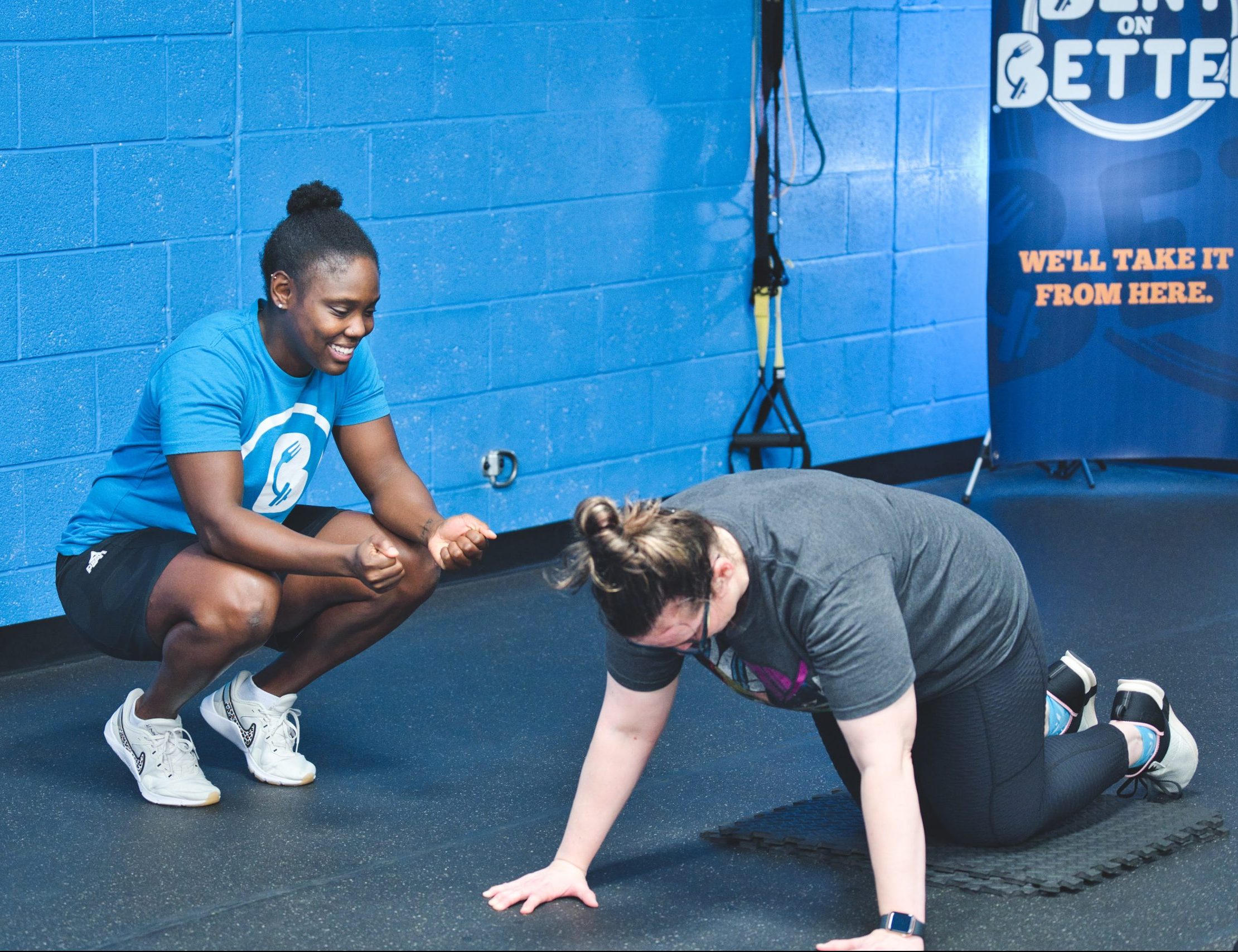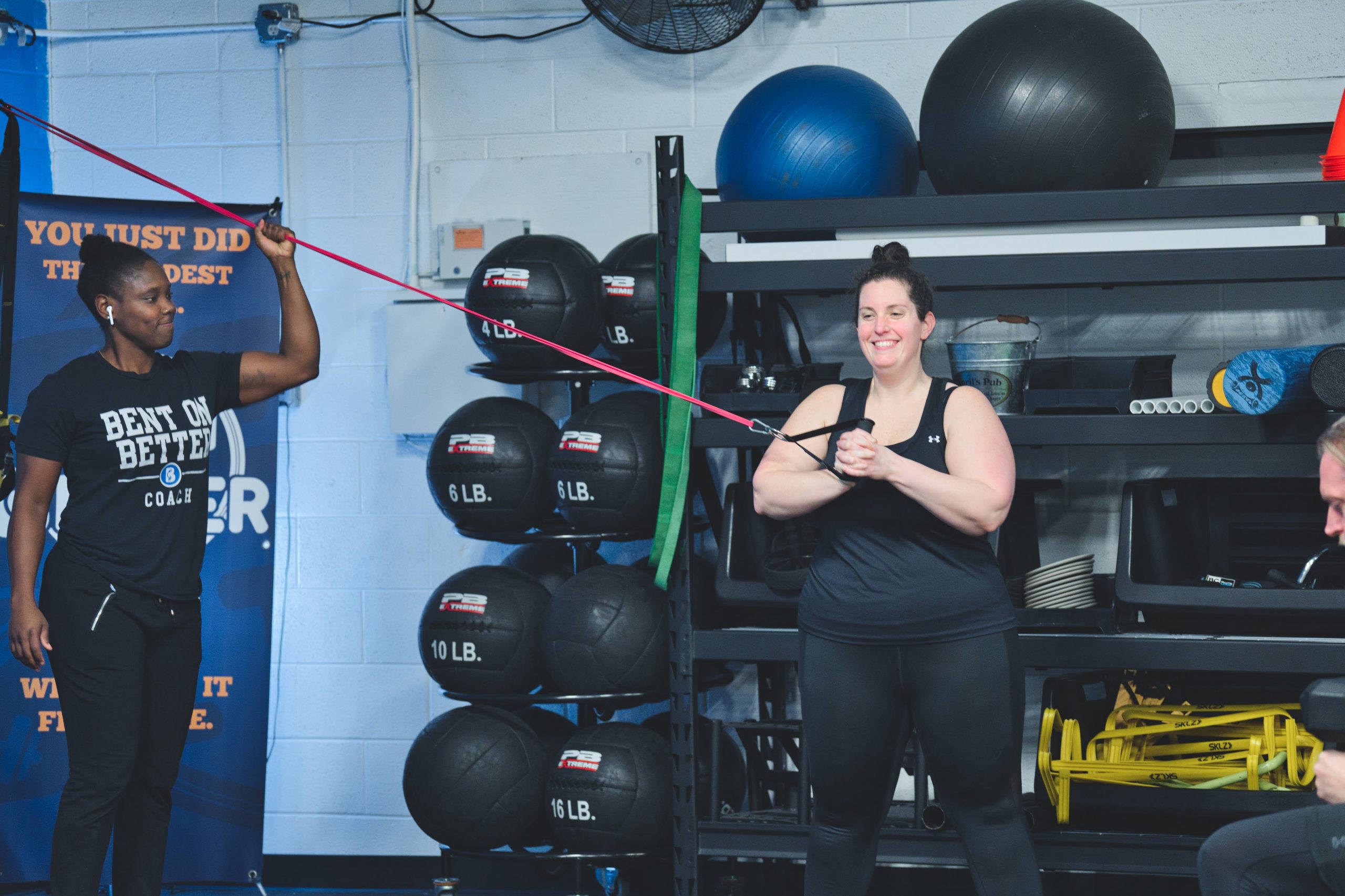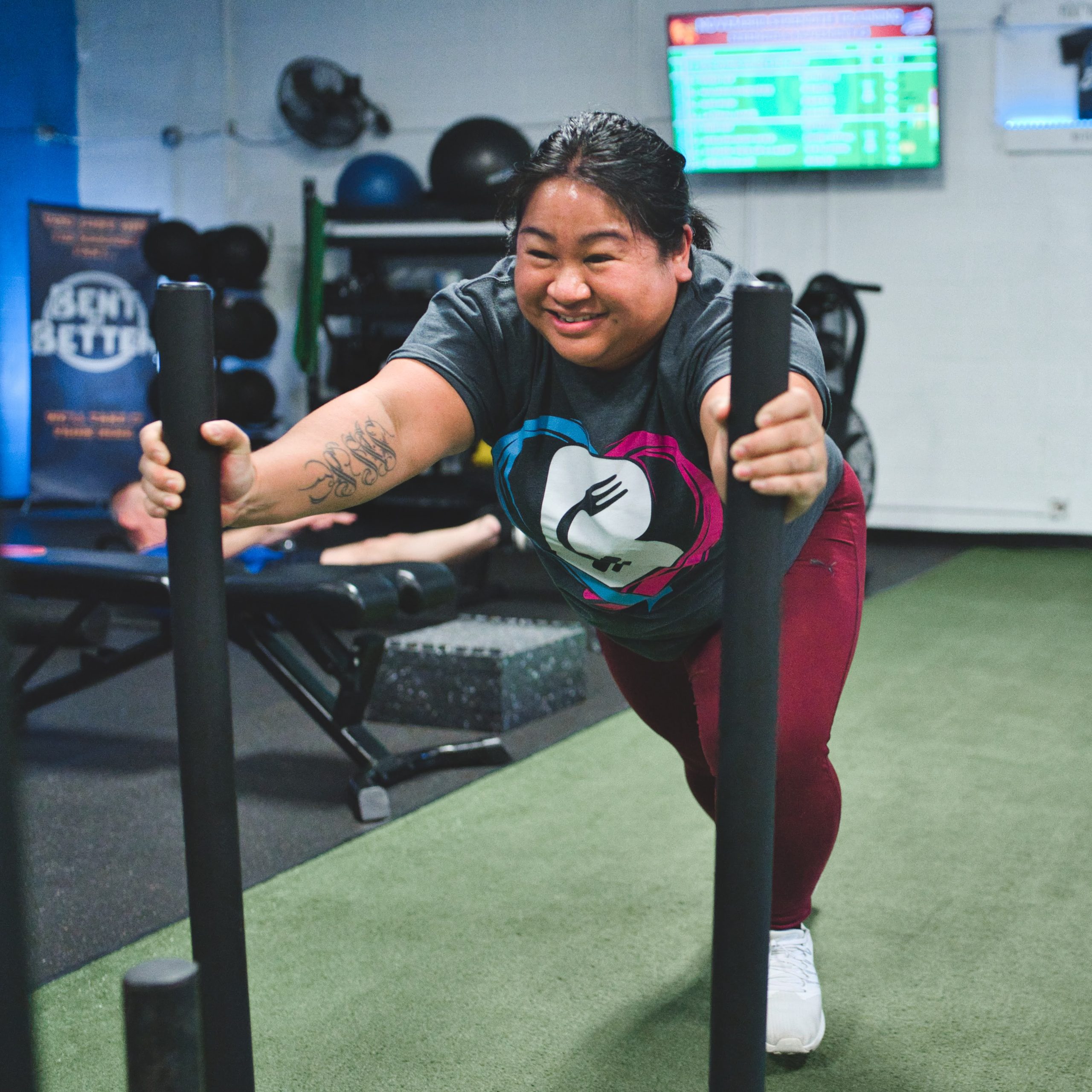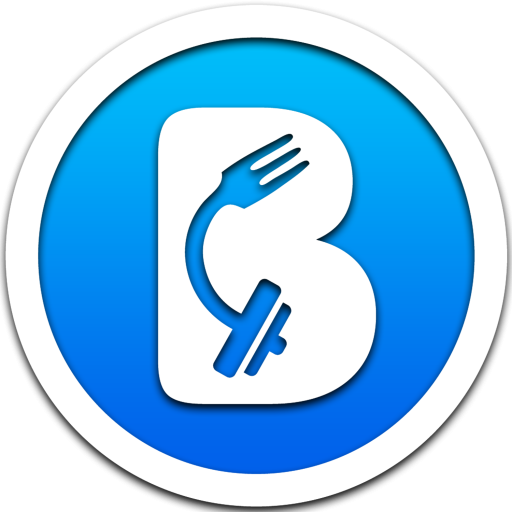What Makes An Effective Workout (Fitness For Beginners)
Getting in shape and staying healthy is a challenge for most beginners. The process of going from not-exercising to working out regularly can be a curveball! For example, many new gym members ask “How long should the program last?” and “What does a typical workout look like?” These are great questions because it’s essential to start on the right foot. On this podcast, Matt and Nick give us an inside view of what a typical workout day at the gym looks like for our members and what you need to know so your workouts can be as effective and productive as possible.
Start off with Foam Rolling
I’m sure you’ve heard us talk about foam rolling for several episodes now but we just can’t hype it enough. Foam rolling serves as a pre-preparation step (meaning something that prepares you for preparing to workout) as it helps improve blood flow, raises tissue temperature, which makes it malleable and easier to move, as well as desensitizes your nerves so it dulls any sharp pain you might have been feeling before training.
Foam rolling also improves muscle recruitment in a way that it helps coordinate your muscles to do bigger movements, therefore improving your range of motion. We don’t recommend foal rolling only halfway through.
“It’s not a one and done; it’s a do it until you’re ready to do the warm-up.”- Fitness Coach Matt April on foam rolling.
Warm-up
After foam rolling, we get to our warm-ups, which we like to change up every now and then depending on the season. As of recording our warm-ups include:
- Three parts of jumping jacks (jumping jack, cross jack, & steal jack), which we modify depending on what our members need. It helps get their heart rate up and has them using all four limbs.

Don’t forget to warm up! The right warm-up can help you feel less fatigued and increase your range of motion. - Squats
- Glute Bridges
- Single-Leg Movements
- T-spine mobility is crucial to get a proper range of motion for people who sit down all day.
- Push-ups
- Full-body movements
- Core-focused movements
- We then finish with back burners to introduce shoulder mobility.
Prep-reps (Preparatory Repetitions)
Prep-reps are what hones in the major movements of the day and help you slowly progress to the weights you will be lifting. It helps build up connections for the muscles, stimulate blood flow, and helps you communicate with the joints that are involved in movements.

Strength Training
At the Bent On Better gym, we focus on 1-2 major lifts, maybe a chest press, but these aren’t done back-to-back. Sometimes we only do one lift depending on the training program for the month. We also make sure to include compound movements and accessory lifts. For a less taxing lift, we also do trunk stability exercises such as Palloff Press.
Palloff Press is done by having a resistance band anchored to a wall or rack. You grab the band and step away slightly facing the wall. Hold the band tight to your chest, then push the band in and then back out. This way, you’re building resistance on your trunk, so your weight is rooted o the floor.
Other exercises we include:

- Aerobic Conditioning
- Slam Balls
- Eco-bike
- And, Push The Sled
We like to do low-impact movements for our members and those that include balance and stability exercises.
Depending on the day you’re at the gym, you might experience more of one type of exercise than the other.
Stability
It’s essential to learn how to stabilize your joints by doing dynamic stretches, which are more mobility-focused. We like to include stability exercises because although some members think that it is easy when we ask them to go barefoot for a specific stance, they end up being wobbly.
Our Fitness Coach, Matt April, uses himself as an example of why we prioritize stability. He recalls going to get an assessment at The Movement Paradigm by Dr. Arianne Missimer for his sore back and headaches. It was then wherein he found out that it was because of his lack of stability. Although strong, Matt made it a point to keep up with his mobility, flexibility, and stability to form a better foundation for his strength.
We also recommend doing stability exercises while barefoot, as your feet have sensory receptors that send signals to your muscles. If you can send the right signs to your body, you’ll find more stability with your lifts. If going barefoot is out of the question, try it with socks or while wearing minimalist shoes, as it has no support and has a wide toe base to recruit more muscles to your feet.
End with a Stretch
Stretching is an integral part of recovery after a workout. We put it at the very last of the program since it’s important to keep your muscles warm and malleable, making it easier to stretch. We stretch to help relax our muscles and relieve the stressors you may have experienced throughout the day. We recommend holding a stretch for around 45 seconds but never lower than 30 seconds.
Personal Best Week
Roughly every three months, we hit the reset button and have our PR (Personal Record) Week, wherein we program the major lifts that we do regularly. We put them on a paper for all our members and asked them “what’s the highest amount of weight you can do for three repetitions?” or “how many can you do in 10 seconds?”
This is to test the limits of your body, discover how strong you’ve gotten, understand your boundaries, and make sure we’re calibrating the effects of what we’re doing in the gym regularly.
CONCLUSION:
Stepping out, going to the gym, and taking some time out of your day just to work on yourself and your physique can be an intimidating task. But start with a foundation, get familiar with the exercises you will be doing and how they fit into your workout routine as a whole and make sure that you know how to do each exercise correctly. And then stick with it. Hopefully, you will use the tips mentioned above to help plan your workouts and can start seeing the benefits it has for your health. Don’t worry if you do not see results or if it seems hard at first—that’s normal, and change takes time.
“When you’re here at Bent On Better, we want you to fail in the gym. We want you to fail safely (and not just for the sake of failing). We want you to work to the place where your body is like, “I’m unable to do this anymore,” and then it fails. That’s a good thing when it’s in a controlled environment like here, where it’s encouraged, supported, and safe. That’s how we’re going to allow our bodies to push the failure; eventually, it’s going to be so far out because you work so hard here instead of just going through the motions.”-Matt April on failing.
“If you’re able to prioritize strength training as your foundation and do it in the structure that we’re presenting here and that we do for our members, you will see progress, you will see changes, and it will lead to results.” -Matt April on why you need to join Bent On Better.
Watch the Video Here:
